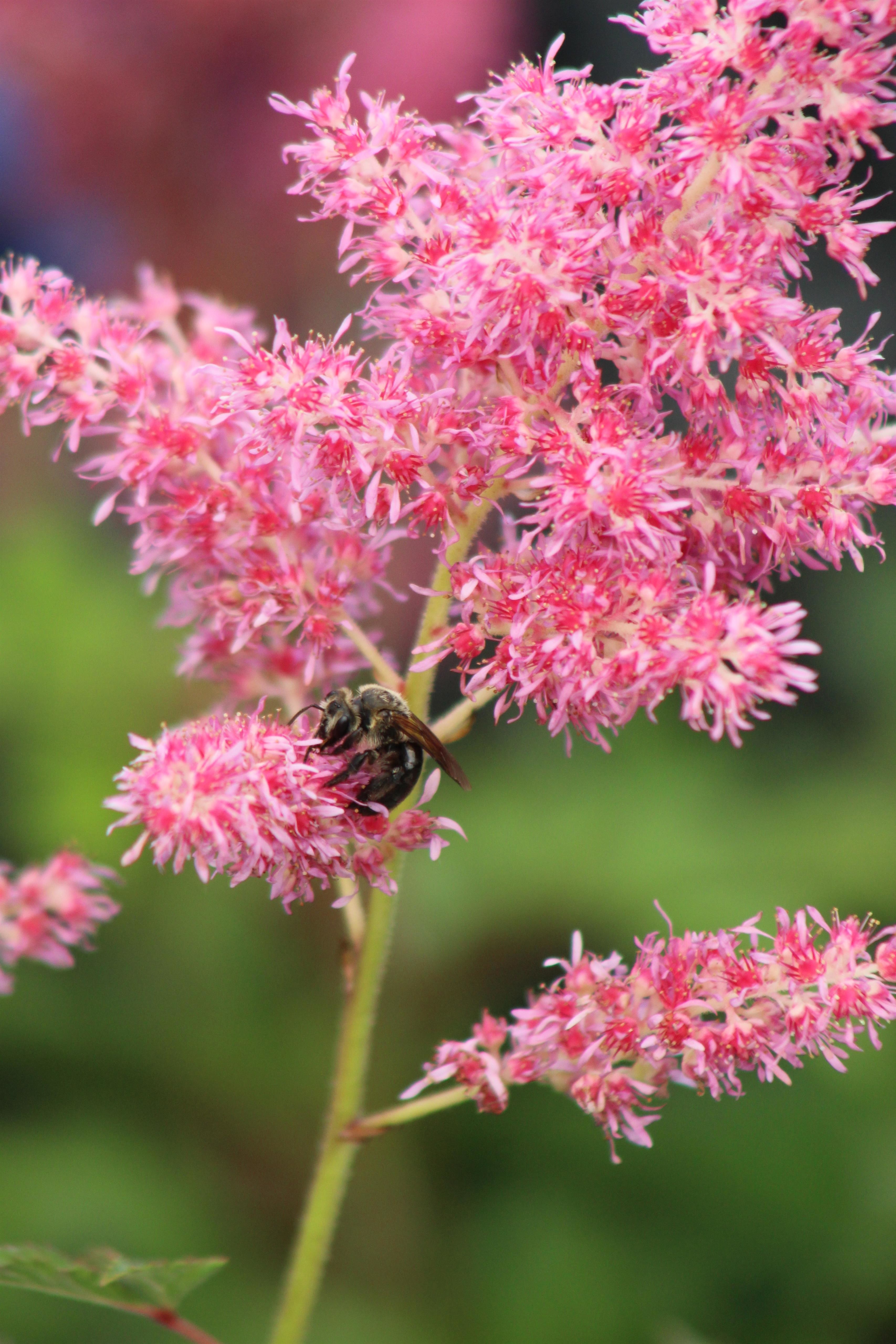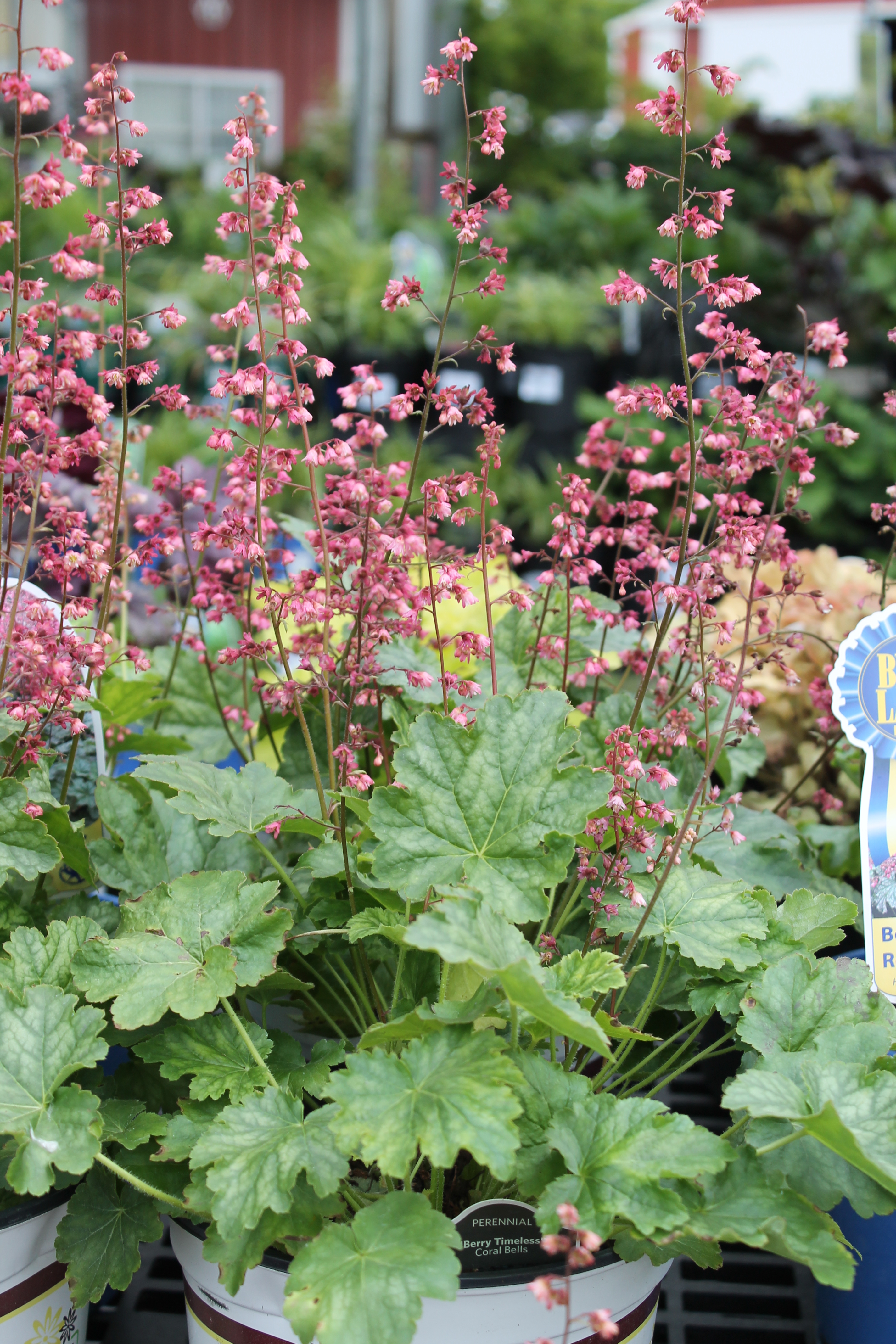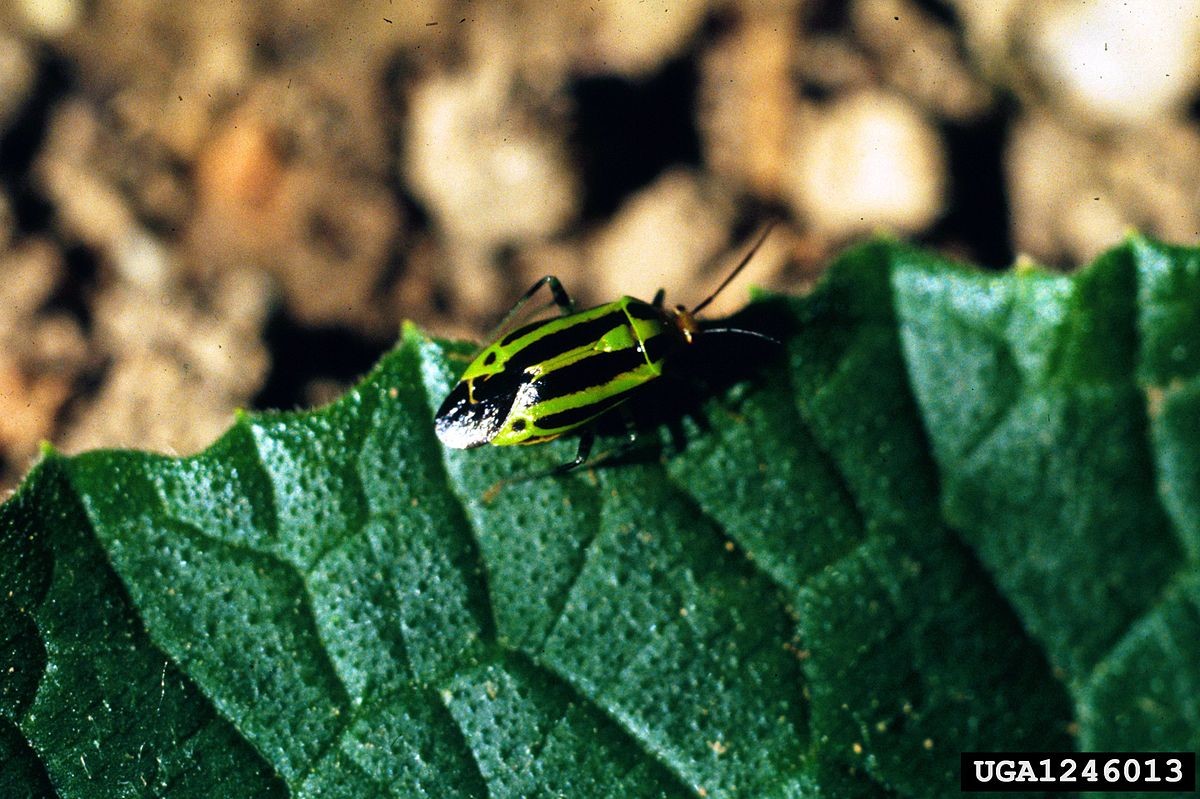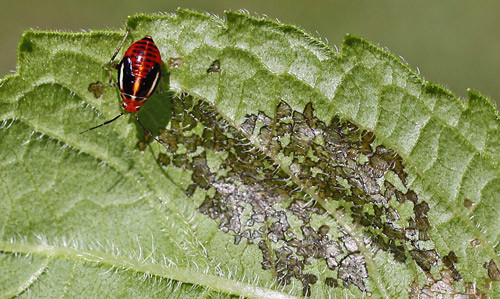|
|
|
Hello Great Gardeners,
A garden requires patient labor and attention. Plants do not grow merely to satisfy ambitions or to fulfill good intentions. They thrive because someone expended effort on them.
— Liberty Hyde Bailey
This month has a lot going for it. Not only is it Perennial Gardening Month, but it is also National Rose month, and lastly we can not forget National Pollinator Week going on June 17th - 23rd.
This month we will feature different perennials, roses, and pollinator plants throughout the month. Check out our Facebook page, Instagram feed, and also our e-newsletters for beautiful plants to fill your garden.
|
|
|
|
|
As always, if you have any questions, comments or suggestions, hit reply. I would love to hear from you. Have a great-gardening day.
Sincerely,
Holly
|
|
|
|
|
|
|
|
Top Three Perennials For A Shady Garden
|
|
|
|
|
|
|
Hosta:
Hosta's come in all shapes and sizes from the tiny teaspoon hosta up to the giant Empress Wu. Their lush foliage and easy care make them ideal for a low maintenance garden. Unfortunately, they are not deer resistant, but their delicate flowers are a favorite for hummingbirds.
|
|
|
|
|
Astilbe:
Beautiful, showy flowers come in a wide variety of colors that attract butterflies and beneficial insects. For an added bonus they are deer resistant.
When cut, they add drama and texture to summer flower arrangements. The blossoms have long, stiff stems that are easy to arrange, and they last for a week in a vase. When the plants are out of bloom, their fernlike foliage is an excellent filler for bouquets.
|
|
|
|

|
|
Astilbe 'Younique Silvery Pink'
|
|
|
|
|
|

|
|
Coral Bells 'Berry Timeless'
|
|
|
|
|
Coral Bells:
Coral Bells have dramatic foliage, and there are so many different varieties to choose from it is hard to pick one. This native plant is deer resistant and is at home in the woodland garden. Small bell-shaped flowers attract hummingbirds in the spring. Some varieties, such as 'Berry Timeless' will repeat bloom throughout the summer.
|
|
|
|
|
|
|

|
|
Photo By Whitney Cranshaw, Colorado State University, Bugwood.org
|
|
|
|
|
|
Four-Lined Plant bugs are out and about. Here in Ohio they have one generation per year and cause damage from late spring to early summer on a wide variety of plants. Although the damage they cause is unsightly, it is not generally life threatening to affected plants.
Four-lined plant bug damage is very characteristic: circular brown to black spots about one-sixteenth of an inch in diameter. The spots often coalesce to create a more blotchy appearance that could easily be mistaken for some kind of disease, or possibly frost damage. Both nymphs and adults feed on leaves, but the nymphs cause the most damage.
Adults have four distinct black lines against a background color ranging from green to yellow, with an orange head and prominent, dark red eyes. Nymphs of the insect are wingless and bright yellow to red with rows of black spots on the abdomen.
Pest Management:
* Insecticidal Soap - An organic contact killer.
* Neem Oil - Organic, Apply in early morning or late evening when temperatures are lower.
* Diatomaceous Earth - Apply to the ground around the plants
* Prune or pinch off spoiled foliage in early July, if damage is light.
* Cut and destroy stems of infested plants in the fall to remove eggs. Do not compost, toss in trash.
|
|
|
|
|

|
|
Photograph by Joe Boggs, Ohio State University Extension.
|
|
|
|
|
|
|
|
|
|
|
|
Perennials
Buy 3
Get 1 Free!
(Free One Of Equal Or Lesser Value)
Does Not Include:
Trees, Shrubs, Roses, Annuals, Vegetables, Fruits, Fruit Trees, Houseplants, and Herbs
Sale Ends:
June 9, 2019
|
|
|
|
|
|
|
|
|
|
|
|
|
|
Stellar Vegan LLC
Saturday & Sunday
June 15th & 16th
Time: 11 am - 4 pm
|
|
|
|
|
|
|
|
|
|
|
|
|
|
|
|
|
|
|
Powdery mildew is a fungus which appears on the surface of the leaves. It can slow down the growth of the plant and weaken it over time.
Powdery mildew starts as white spots which eventually grow to cover the entire leaf.
Crowded plantings, poor air circulation, high humidity, and dampness can all lead to powdery mildew.
To prevent it from forming:
* Avoid wetting the leaves of the plants, especially at night.
* Improve the air circulation by thinning and pruning out areas of dense foliage.
* Maintain a consistent watering regiment.
* When planting avoid overcrowding the plants.
If your plant already has powdery mildew follow these simple steps to stop the spread of it:
* Remove all infected parts of the plant and destroy them by tossing into a garbage can. This prevents further spread of the fungus. Avoid composting them.
* Spray infected plants with fungicides such as Neem Oil or Bonide Bio Fungicide Revitalize. Make sure to spray when temperatures are below 90 degrees. Avoid spraying during the hottest part of the day as this will cause the plants to burn and may even kill them. Early morning or late evening is the best time. Make sure to follow all directions on the bottle.
|
|
|
|
|
|